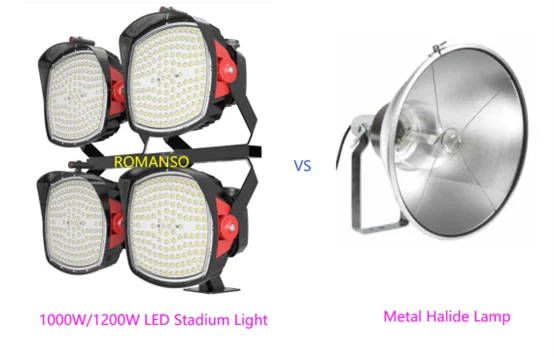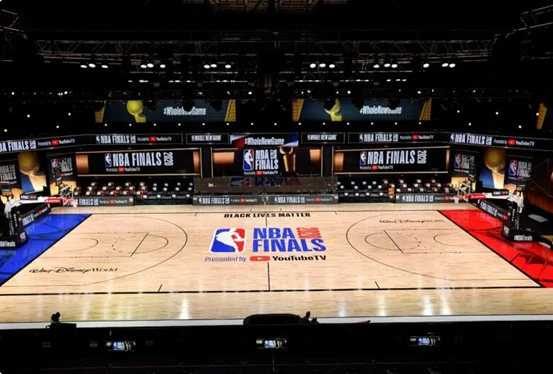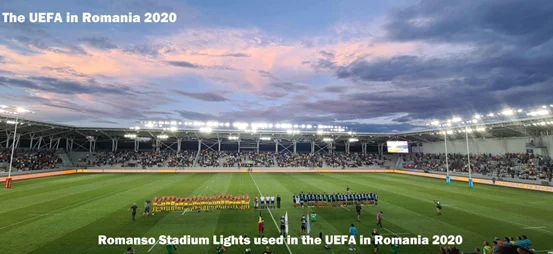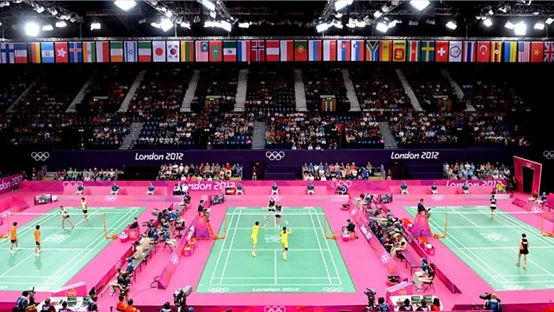How to Choose the LED Stadium Lights?
Understanding the Importance of LED Stadium Lights
Before diving into the specifics of how to choose LED stadium lights, it's essential to understand why they are the preferred lighting solution for stadiums and sports arenas. LED stadium lights offer numerous advantages over traditional lighting technologies such as metal halide or high-pressure sodium lamps.

1. Energy Efficiency
LED stadium lights are highly energy-efficient, consuming significantly less electricity than traditional lighting systems. This efficiency not only reduces energy bills but also contributes to a more sustainable and environmentally friendly lighting solution.
2. Longevity
LEDs have an impressive lifespan, often exceeding 50,000 hours of continuous use. This longevity reduces maintenance costs and ensures that the lights don't need frequent replacements, which can be a logistical challenge in large stadiums.
3. Instant Illumination
Unlike some other lighting technologies that require warm-up time, LED stadium lights provide instant illumination when switched on. This is crucial for sports events, where sudden power outages or delays can occur.
4. Improved Light Quality
LEDs offer excellent color rendering and uniform light distribution, enhancing visibility for both athletes and spectators. This improved light quality contributes to a better viewing experience and can even help players perform at their best.
Now that we understand the advantages of LED stadium lights let's delve into how to choose the right ones for different types of sports venues.
Basketball Court Lighting
Basketball is a fast-paced sport that demands precise lighting to ensure player safety and accurate gameplay. When selecting LED stadium lights for a basketball court, consider the following factors:

1. Light Uniformity
Basketball courts require uniform lighting to eliminate shadows and provide consistent visibility across the entire playing surface. Look for LED lights with a high Color Rendering Index (CRI) to ensure accurate color representation.
2. Luminous Intensity
The luminous intensity of the LED lights should meet the recommended standards for basketball courts, typically around 200lux for recreational level and greater than 1500lux even up to 6000lux for professional games.
3. Glare Control
Glare can be distracting and affect player performance. Opt for fixtures with proper glare control mechanisms to direct light onto the court and reduce unwanted glare.
4. Durability
Given the physical nature of basketball, the chosen LED lights should be durable and able to withstand potential impacts from balls or players.
Football Field Lighting
Football, with its larger playing area and extended playtime, requires a different approach to lighting compared to basketball. Here are the key considerations for LED stadium lights on a football field:

1. Light Distribution
Football fields need even lighting across the entire field, including the sidelines. High mast lights or stadium lights with adjustable angles can help achieve this.
2. Illuminance Levels
The recommended illuminance levels for football fields typically range from 200 lux for training and recreational level to 4000 lux for professional matches.
3. Great Uniformity
For sports lighting, the uniformity is really super important. No shadow light and no dark light are must. The more uniform the light distribution, the better the illuminance and the more comfortable the visual experience. The closer the illuminance uniformity is to 1, the better, otherwise the smaller the more visual fatigue.
4. Flicker-Free Lighting
Flickering lights can be distracting for both players and spectators. Ensure that the LED lights you choose provide flicker-free illumination.
5. Low Glare Light/ Low Spill Light
Low glare light also plays an important role in sports lighting. Because the lighting effects with low glare will improve a more comfortable experience for the players and be more pleasant for spectators.
The stadium lights with low glare light are necessary and the sports lighting solution also needs to meet the standard of the GR requirements. Normally, the recreational level is less than 55 and the professional and the international level is less than 50.
Low spill light is really vital in your outdoor football field. With a reasonable low spill light, we will not disturb our neighborhood when playing the games at night. We can enjoy our exciting and funny matches freely.
6. Weather Resistance
Football games can take place in various weather conditions. Opt for LED stadium lights that are weather-resistant to ensure uninterrupted play in rain or snow.
Badminton Court Lighting
Badminton is a sport that demands precise lighting to track the shuttlecock's movement accurately. Here's what to consider when selecting LED stadium lights for a badminton court:

1. Light Placement
Place the LED lights strategically to minimize shadows and ensure even illumination across the court.
2. Light Intensity
The recommended illuminance levels for a badminton court typically range from 200 to 500 lux, depending on the level of play.
3. Color Temperature
Choose LED lights with a color temperature that enhances visibility of the shuttlecock, typically in the range of 4000K to 6000K.
4. Energy Efficiency
While energy efficiency is crucial for all sports venues, it's especially vital for indoor facilities like badminton courts, where lights may be in use for extended periods.



 Years in industry(17)
Years in industry(17)

